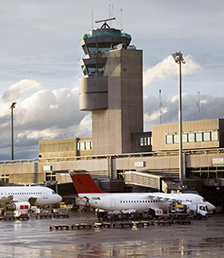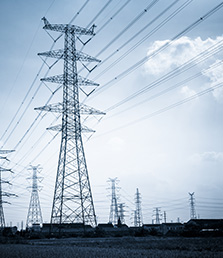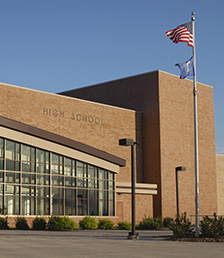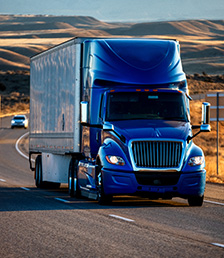Why weather readiness matters
Severe weather impacts everyone. But not the same way.
How to approach weather readiness
Strong houses are built on strong foundations. So are effective severe weather warning systems.
What weather readiness looks like
Discover the tools that go into building an ideal weather safety network.
How custom forecasts support weather readiness
The best forecasts are tailored to specific events, locations, and operational needs.
Find your path to weather readiness
See how your severe weather warning systems stack up against the risks.
-
Severe Weather Impacts
-
Effective Warning Systems
-
Ideal Weather Tech Stack
-
Customized Forecasting
-
Self-Assessment
-
`
`
`
`
`
Severe weather impacts everyone…differently
The foundation of effective severe weather warning systems
Effective severe weather alerting systems share a common framework. To ensure the effectiveness of your own early warning system, it should be grounded in these five essential pillars.
The technology behind severe weather warning systems
At the most fundamental level, a severe weather alerting system is a network of data collection points and communication channels, all connected by a central command hub. Of course, individual needs vary widely. We’ve depicted what an ideal technology stack might look like. Depending on your unique needs, your system may need to include all or only some of the technologies shown here.
Click on the icons below to learn more about the technology keeping you safe:
Assess your severe weather readiness

When severe weather strikes, how resilient will your business or community be? Answer a few simple questions to find out how well your severe weather warning technology stacks up.
Take the assessment







